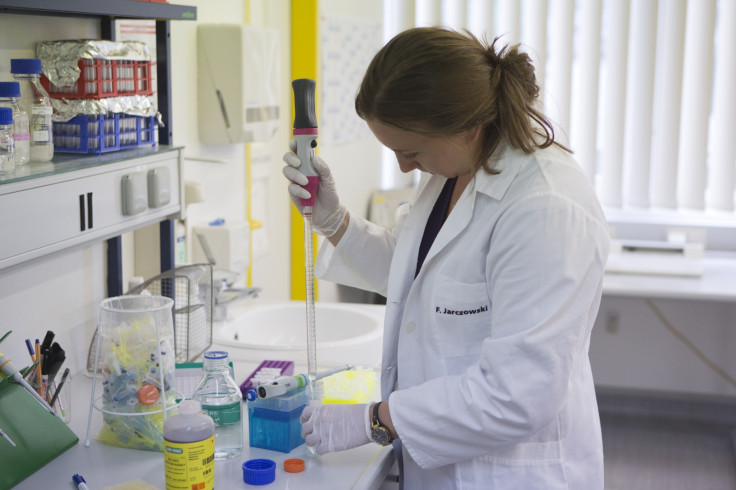Bio-engineering: Self-assembling strong, long protein fibres developed

Researchers have found a way to manipulate proteins into structures that can self-assemble into long and strong fibrils ideal for tissue engineering.
Scientists at UC Davis and Rice University turned natural proteins into amyloid fibrils, or misfolded proteins, which normally accumulate as junk between cells.
The amyloids can withstand boiling, attack by digestive proteins and ultraviolet radiation and would be ideal as "scaffolding" for tissue engineering, where they can be programmed to attach other material in specific locations or arrays.
The team made the amyloid fibrils by tweaking natural "antifreeze" proteins from ryegrass and an insect, spruce budworm.
While the proteins allow organisms to withstand very low temperatures, they cannot naturally self-assemble into large structures.
To enable this, the researchers removed cap structures from the protein ends, allowing them to build up to great heights.
"These are big proteins with lots of flat surfaces suitable for functionalization, for example to grow photovoltaics or to attach to other surfaces," said Dan Cox, a physics professor at UC Davis and co-author on the paper.
The paper is published online by the journal ACS Nano.

Amyloid proteins, for example, can self-assemble into the tangled plaques associated with Alzheimer's disease -- but similar proteins can also form very useful materials, such as spider silk, or biofilms around living cells.
The misfolded proteins erroneously interact with one another or other cell components usually forming insoluble fibrils.
While in some cases, these turn into harmful plaques like those associated with Alzheimer's disease, in some other cases they can form useful material like spider silk or biofilms around cells.
Amyloids are not fully understood. While studies have looked at the proteins as accumulated junk between cells, often toxic, more recent ones have noted the beneficial aspects of amyloids involved as escorts that remove inflammatory molecules from site of injury.
© Copyright IBTimes 2025. All rights reserved.





















